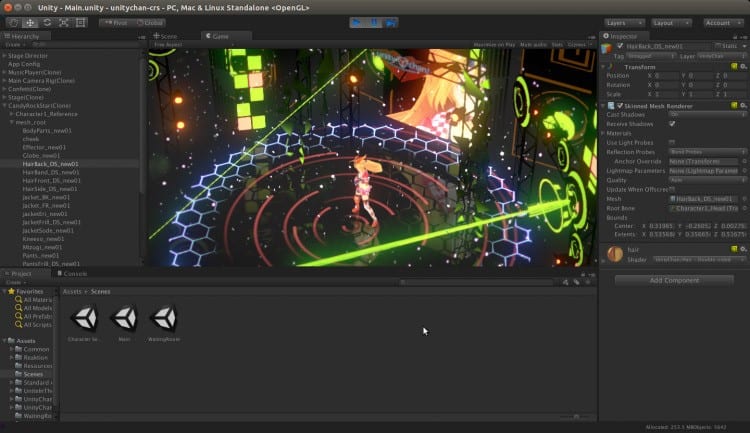
How to Monetize Your Unity Game Using Source Codes
Creating a successful game is just the beginning; monetizing it effectively is crucial to generating revenue and ensuring the sustainability of your development efforts. Utilizing source codes in Unity can provide a robust foundation for building and optimizing your monetization strategies. In this article, we’ll explore various methods to monetize your Unity game using source codes.
1. In-App Purchases (IAP)
In-app purchases allow players to buy virtual goods, such as power-ups, skins, or additional levels, directly within the game. To implement IAPs:
- Set Up Unity IAP: Use Unity’s built-in IAP service, which provides a streamlined way to integrate purchases across multiple platforms.
- Create Purchase Options: Define the items or features players can buy, ensuring they offer real value to enhance the gaming experience.
- Implement Secure Transactions: Use secure servers and encryption to protect users’ payment information and prevent fraud.
2. Advertisements
Advertising is a popular monetization strategy, especially for free-to-play games. You can integrate various types of ads, including banner ads, interstitial ads, and rewarded video ads.
- Choose an Ad Network: Integrate with popular ad networks like AdMob, Unity Ads, or Chartboost to access a wide range of advertisers.
- Optimize Ad Placement: Place ads strategically within your game to maximize revenue without disrupting the user experience. Rewarded video ads, for example, can offer players in-game rewards for watching ads.
- Track Ad Performance: Use analytics to monitor ad performance and adjust your strategy based on user engagement and revenue data.
3. Freemium Model
The freemium model allows players to download and play the game for free, with optional premium features available for purchase. This model encourages a broad user base while still generating revenue from dedicated players.
- Define Premium Features: Offer exclusive content, advanced levels, or enhanced capabilities as premium features.
- Balance Free and Paid Content: Ensure that the free version of the game is enjoyable while making premium features enticing enough to encourage purchases.
- Promote Upgrades: Use in-game messaging and limited-time offers to promote premium features and upgrades to players.
4. Subscription Services
Subscription services provide recurring revenue by offering players ongoing access to exclusive content, features, or benefits.
- Set Up Subscription Plans: Define different subscription tiers, each offering varying levels of access and benefits.
- Integrate Subscription Management: Use Unity IAP or third-party services to handle subscription billing and management.
- Offer Value: Ensure that subscribers receive regular updates, new content, or unique features that justify their ongoing investment.
5. Selling Source Codes and Assets
If you’ve developed a successful game, consider selling its source code and assets to other developers. This can be a lucrative way to monetize your work while helping others in the game development community.
- Prepare the Source Code: Clean up and document your source code to make it easy for others to understand and use.
- Choose a Marketplace: Sell your source code on platforms like the Unity Asset Store, ChupaMobile, or CodeCanyon.
- Price Competitively: Research similar products to set a competitive price that reflects the value of your code and assets.
6. Crowdfunding
Crowdfunding platforms like Kickstarter and Indiegogo can provide upfront funding for your game development efforts in exchange for exclusive rewards and early access.
- Create a Compelling Campaign: Develop a detailed campaign that showcases your game’s concept, features, and potential.
- Offer Attractive Rewards: Provide backers with enticing rewards, such as early access, exclusive content, or merchandise.
- Engage with Backers: Maintain regular communication with your backers to build a supportive community and keep them informed of your progress.
7. Licensing and Partnerships
Licensing your game or entering into partnerships can provide additional revenue streams and expand your game’s reach.
- Identify Potential Partners: Look for companies or brands that align with your game’s theme or target audience.
- Negotiate Terms: Establish mutually beneficial terms that outline the scope of the partnership, revenue sharing, and intellectual property rights.
- Leverage Partner Resources: Use your partner’s marketing channels and resources to promote your game and reach a broader audience.
Conclusion
Monetizing your Unity game using source codes involves a combination of strategies tailored to your game’s design and audience. By leveraging in-app purchases, advertisements, freemium models, subscriptions, and other methods, you can generate revenue while providing a valuable experience to your players. Experiment with different approaches, analyze your results, and continuously refine your monetization strategy to maximize your game’s potential.
